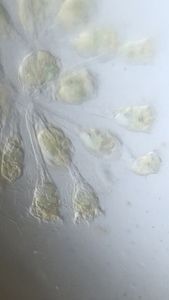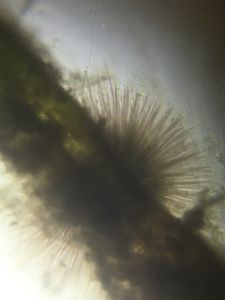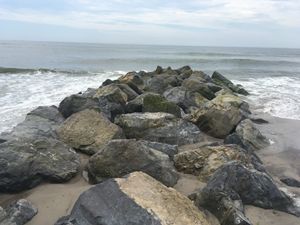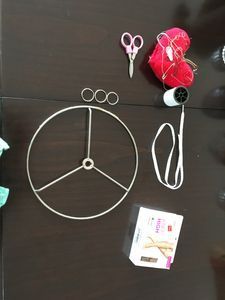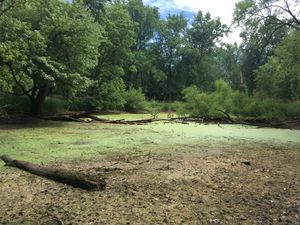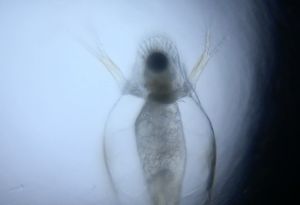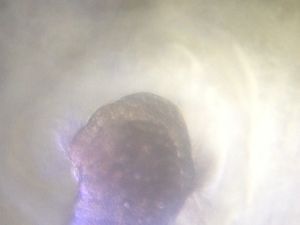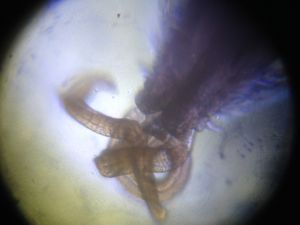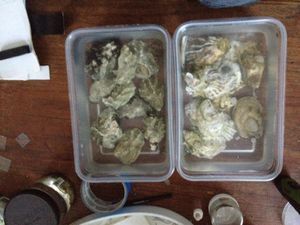Time Lapse
 Mar 23, 2016 • 7:57 PM UTC
Mar 23, 2016 • 7:57 PM UTC Unknown Location
Unknown Location 140x Magnification
140x Magnification Microorganisms
Microorganisms
Matthew Rossi
I'm a novelist, essayist, and a writing consultant. I work in the writing centers at Columbia and Baruch University and explore research into the overlap of maker cultures and writing. My work with the Foldscope tends to focus on finding wild creatures in urban spaces and looking at how human works are shaped by the movements of the biosphere.
40posts
105comments
4locations
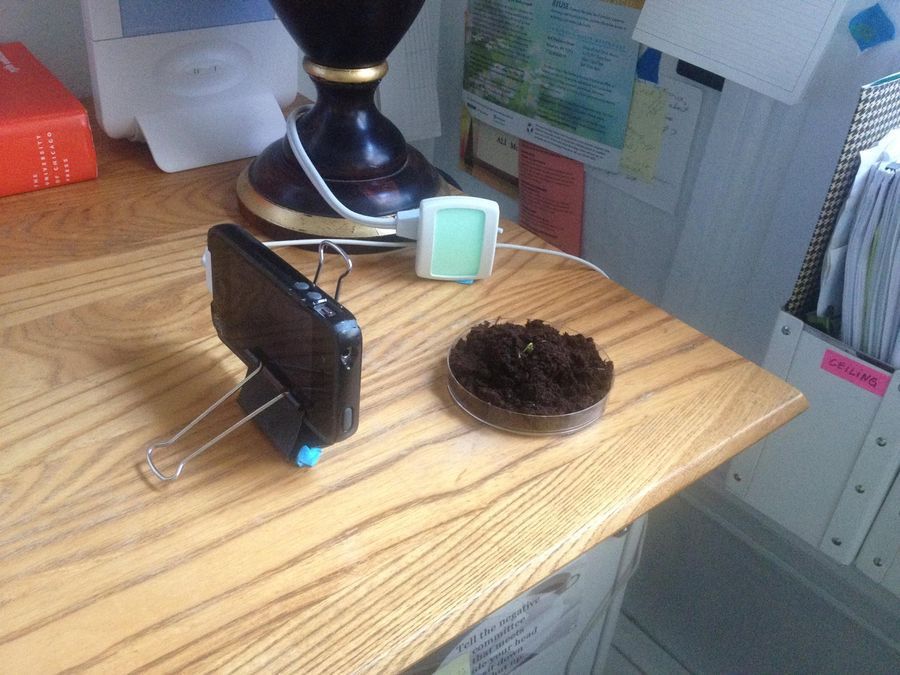
This post doesn’t feature any images taken with a Foldscope, but it’s part of an area of interest I came to as a result of our microcosmic investigations. As with the environment itself, it’s sometimes helpful to see the kinds of scientific investigation we do with the microscopes as part of a larger observation of the other creatures living on the planet with us. For me, this has turned my attention to growing plants and thinking about how their lives are different from my own.
A few weeks back, while my partner was out of town and I had a little time on my hands, I noticed one of the lemon seeds I had planted was beginning to sprout. Manu introduced me to a great time lapse app a while back called LapseIt, which is a fairly malleable and easy to use app. With the apartment only occupied by me and my cat, I decided this was a good time to record a long time lapse of the lemon tree sprouting. These are the results.
A few weeks back, while my partner was out of town and I had a little time on my hands, I noticed one of the lemon seeds I had planted was beginning to sprout. Manu introduced me to a great time lapse app a while back called LapseIt, which is a fairly malleable and easy to use app. With the apartment only occupied by me and my cat, I decided this was a good time to record a long time lapse of the lemon tree sprouting. These are the results.
Most fascinating to me is how active the tree’s life is. This represents a week in its life, during which it is constantly moving, pivoting and refocusing its leaves each night, turning toward the brightest light in the room, a little nightlight I perched on the shelf.
I’ve tried this before with other sprouts, but never been able to show off the life of a plant in such long terms. Below is a peach tree growing over the course of a day. You can see it has a similar kind of movement, but since this is only a few hours, it hasn’t had time to really grown.
I’ve tried this before with other sprouts, but never been able to show off the life of a plant in such long terms. Below is a peach tree growing over the course of a day. You can see it has a similar kind of movement, but since this is only a few hours, it hasn’t had time to really grown.
For anyone who wants to get into timelapse in this way, the whole setup looked like this (more or less…I had to readjust a few times before I got the right lighting and angle).

It’s important to think in terms of frames per second when setting up the shot. I initially shot the lapse so that the camera would take a shot every two minutes, yielding one second for every hour shot (60minutes/2=30 frames @ 30 frames/second). In the course of a week, this made an initial video of about 3 minutes. I then adjusted everything to the minute you see here. I think it’s essential to overshoot the number of frames you want for a smoother video, rather than undershoot and be left with jerky footage.
Of course, as Manu pointed out to me when I showed him this video, in the end, it’s all cellular growth we’re seeing here. As the leaves expand, we’re watching cells multiply (which ironically happens because they divide). What I keep aiming for is to get time lapse footage of my plants growing in the same way as this, but with a Foldscope. It might be exceedingly difficult to do that without hurting the plant, but I can imaging watching the transit of chromosomes in time lapse, seeing how a cell separates into two and then four. I have tried this with gametes (and continue to try it) but maybe plant cells are the answer.
Of course, as Manu pointed out to me when I showed him this video, in the end, it’s all cellular growth we’re seeing here. As the leaves expand, we’re watching cells multiply (which ironically happens because they divide). What I keep aiming for is to get time lapse footage of my plants growing in the same way as this, but with a Foldscope. It might be exceedingly difficult to do that without hurting the plant, but I can imaging watching the transit of chromosomes in time lapse, seeing how a cell separates into two and then four. I have tried this with gametes (and continue to try it) but maybe plant cells are the answer.
Sign in to commentNobody has commented yet... Share your thoughts with the author and start the discussion!
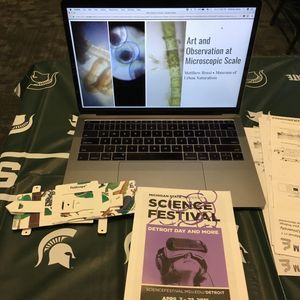
 0 Applause
0 Applause 0 Comments
0 Comments




